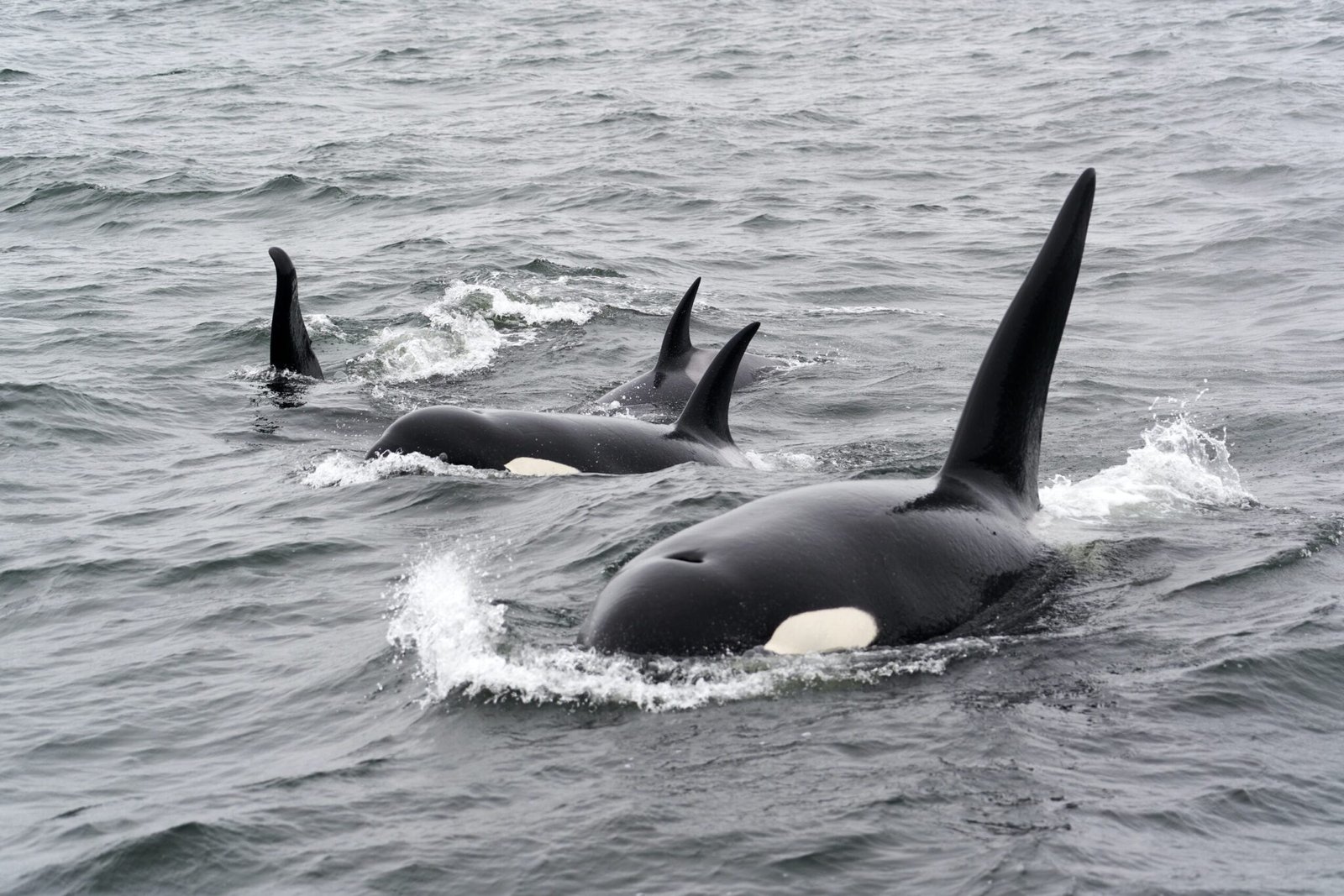Bears and deer are two iconic animals that are often associated with wilderness and nature. While they may seem like completely different species, there is actually a fascinating relationship between bears and deer that goes beyond the surface.
Table of Contents
One of the most interesting aspects of the relationship between bears and deer is their mutual dependence on each other’s behavior. Bears are omnivorous creatures and their diet consists of both plant matter and meat. While they are capable of hunting and catching their own prey, they also rely on scavenging and opportunistic feeding.
What do Bears Eat?
During the summer months, bears primarily feed on vegetation such as berries, grasses, and nuts. However, as winter approaches and food becomes scarce, their diet shifts towards a higher proportion of meat. This is where deer come into the picture.

About Deer
Deer are herbivorous animals and their diet consists mainly of plants, including leaves, grasses, and fruits. They play a crucial role in the diet of bears during the winter months when other food sources are limited. Bears actively seek out deer carcasses to scavenge on, providing them with a much-needed source of protein and fat.
Interestingly, bears are not the only ones benefiting from this relationship. Deer also benefit from the presence of bears in their environment. Bears are known to control the population of herbivores by preying on sick and weak individuals. This helps maintain a healthy balance within the deer population and prevents overgrazing of vegetation.
In addition to food, bears, and deer also share habitat preferences. Both species require large areas of undisturbed wilderness to thrive. Bears prefer forested areas with ample cover and access to water sources, while deer prefer open meadows and forest edges. Their overlapping habitat requirements often result in encounters between the two species.
These encounters can range from peaceful coexistence to occasional conflicts. While bears generally do not pose a direct threat to adult deer, they may prey on fawns if given the opportunity. However, such interactions are relatively rare and do not significantly impact the overall deer population.
Overall, the relationship between bears and deer is a complex and intricate one. It is a testament to the interconnectedness of species in the natural world and highlights the importance of biodiversity and conservation efforts. Understanding and appreciating these relationships can help us better protect and preserve these magnificent creatures and the ecosystems they inhabit.




